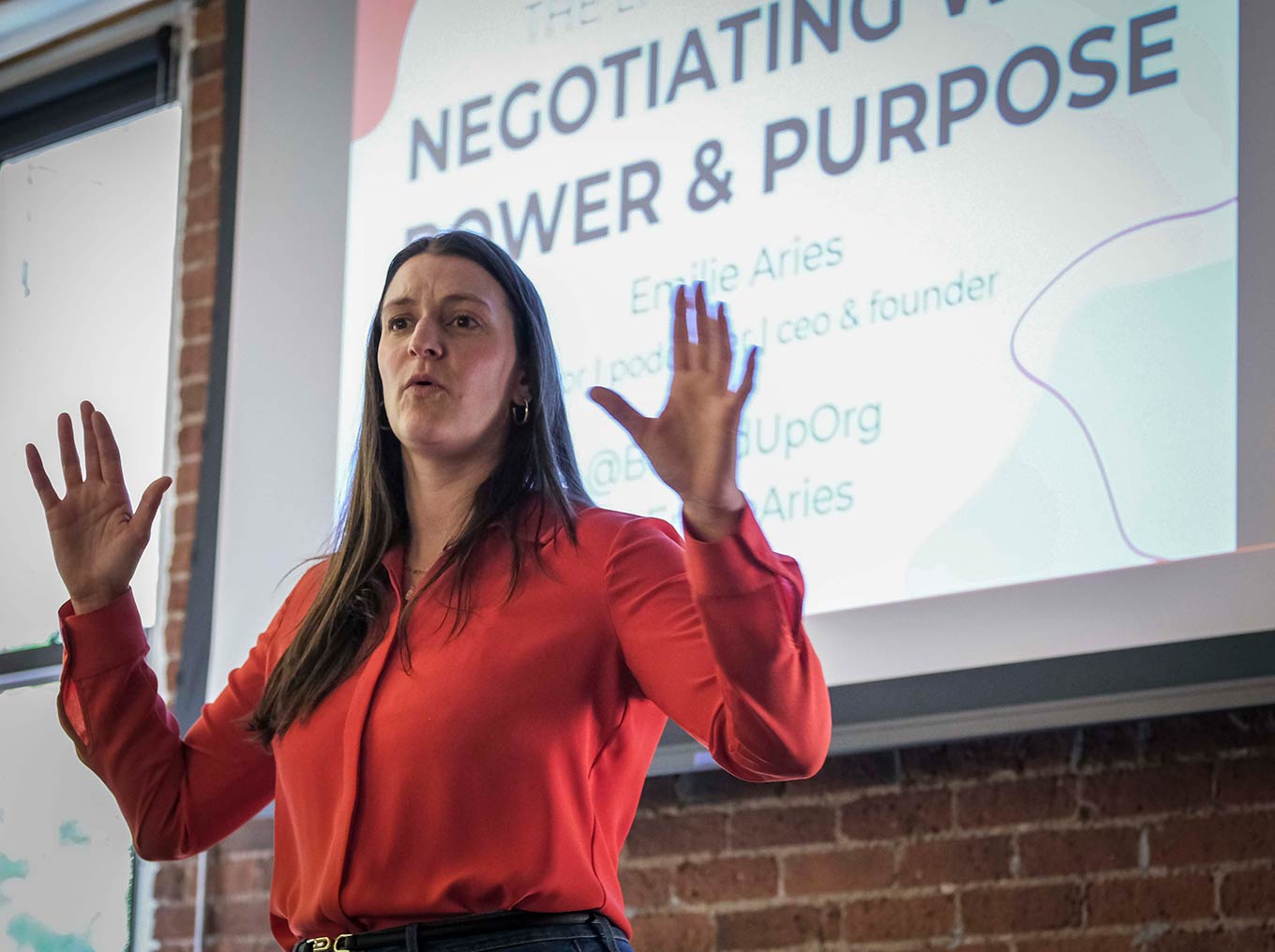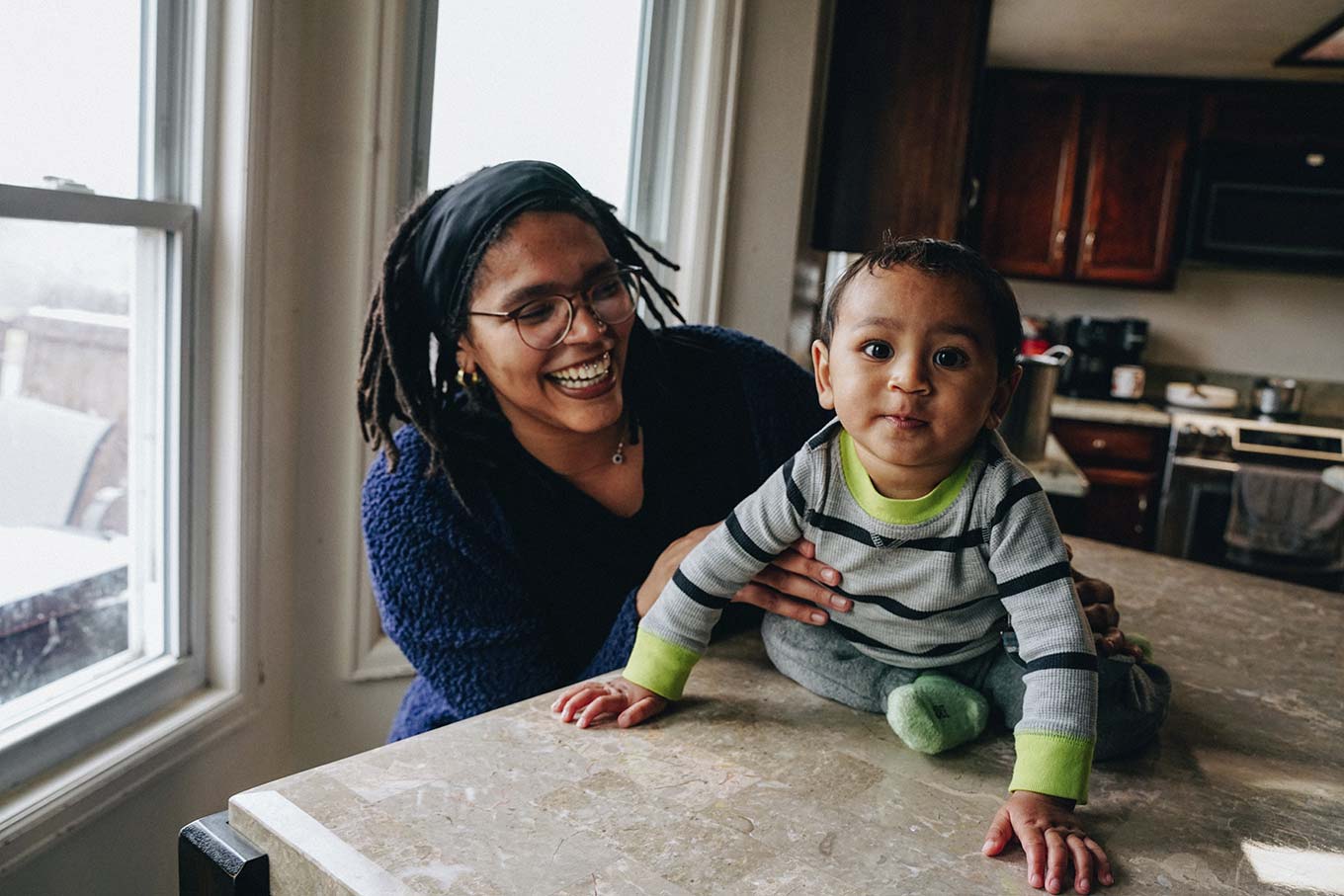I grew up on food stamps, so I know what it’s like to experience hunger. I’ve also worked in food stamps enrollment, assisting older adults with their applications. Through these meetings, I had the chance to connect with people about their families, their lives and their health concerns.
Most of the individuals I met were living off a fixed monthly income, which they had to carefully manage in order to pay for food, housing and medication—medication that was particularly important, since many of them had one or more chronic diseases. Of our country’s older adult population, about 80% have at least one chronic disease and 77% have at least two. Not surprisingly, patients with chronic illnesses have very specific and complex dietary needs, but for low-income individuals, this most often results in forcing decisions between immediate needs and their health. According to Hunger in America 2014, published by the national hunger-relief organization Feeding America, 66% of food-insecure households who received assistance from Feeding America had to decide between purchasing food or medical care, because they could not afford both. That means the true cost of health care is much higher than we think.
A recent set of studies, one of which we led in Colorado, looked more deeply into how cost of care conversations are happening—or not—in clinical settings. Over and over again, it was found that when patients consider the cost of health care, it goes far beyond the direct cost of seeing a provider, paying for their prescriptions and getting laboratory tests or procedures. Patients consider the cost of care to include a variety of additional “hidden” costs.
First, there are indirect costs of care, such as transportation to the hospital or clinic, lost wages due to time off, and child care while the parent is at an appointment. These are out-of-pocket costs still associated with accessing health care, they’re just not paid to the health care system. The health care system can help lower indirect costs by developing care options that require fewer visits, utilizing telehealth and other off-site care options, providing transportation assistance, and connecting patients with community resources.
Second, there are competing costs, such as bills, food and housing. These are the costs that force decisions for patients—should they see the doctor or pay the electric bill? Pick up that prescription or have a roof over their head? The health care system can help minimize these impossible choices by helping patients prioritize elements of their care plan and modifying care options to reduce costs.
All of this requires that providers have more conversations with patients about the cost of care, which is something the studies showed both patients and providers want. (Fortunately, as part of these studies, patients developed a wealth of resources to support those conversations.) It also shows why it’s important that the health care system should be advocating for policies that will reduce indirect and competing costs for patients—such as living wages, paid leave, public transportation and other supports for hardworking Coloradans.
Many people find it difficult to balance the demands on their time and financial resources, and it makes the true cost of their health care much higher than most providers and policymakers currently understand. To ensure we have a health care system that works for all Coloradans, we need to change how we think about health care costs and how the health care system responds to patients’ needs.




